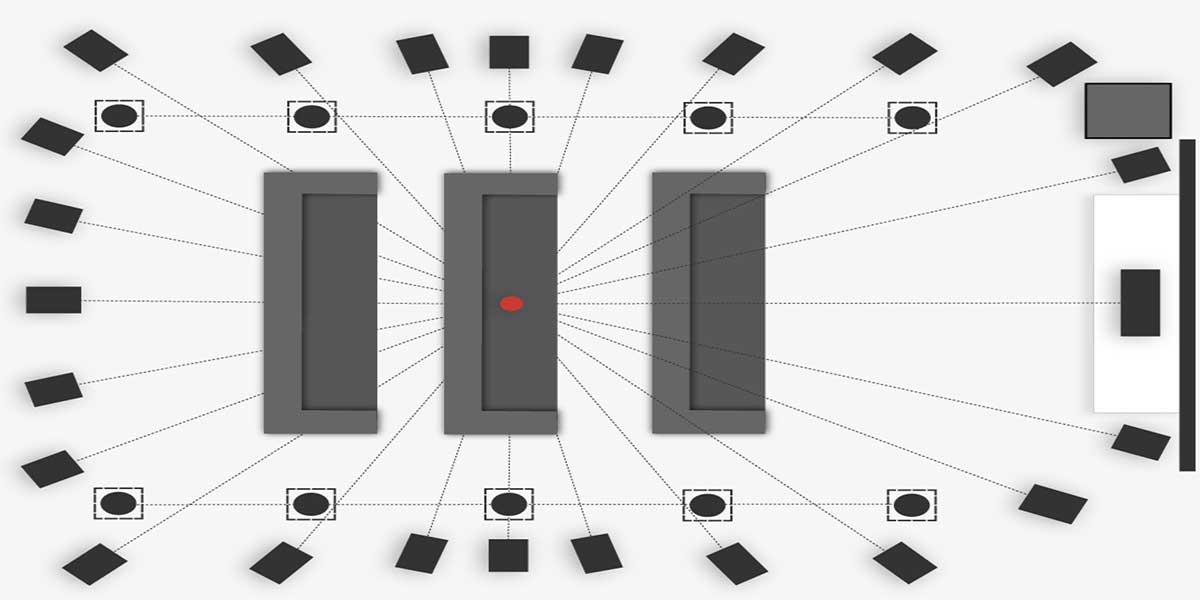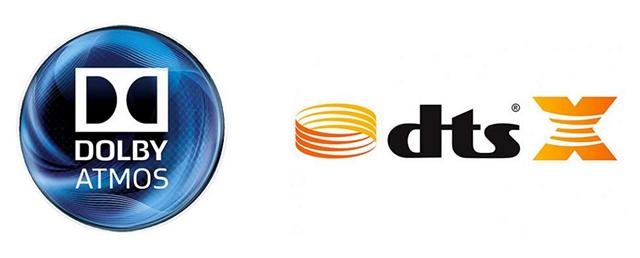
#DTS VS DOLBY ATMOS FULL#
What it means in essence is that just about all Blu-ray players manufactured over the last decade will be able to give you the full effect of DTS:X and Dolby Atmos. So just like Dolby Atmos audio tracks are backwards-compatible with Blu-ray players capable of playing Dolby TrueHD, DTS:X soundtracks are also backwards-compatible with just about any Blu-ray player capable of playing DTS-HD Master Audio soundtracks subject to firmware updates. While Dolby Atmos encodes lossless Dolby TrueHD soundtracks on Blu-ray discs to create 3D audio, DTS:X does the same to a lossless DTS-HD Master Audio soundtracks to get the same effect. already have several receiver and speaker models that are compatible with both technologies, and they’ve also been rolling out firmware updates to many of their Atmos-only models to make them compatible with DTS:X.

OEMs like Onkyo, Pioneer, Yamaha, Klipsch, Definitive Technology, Marantz, Integra etc. You can, potentially, enjoy both formats with the same set of speakers powered by the exact same receiver, seeing as most receivers offer both Dolby Atmos and DTS:X processing. Thankfully from the consumer point of view, one of the best things about the DTS:X vs Dolby Atmos debate is that you’re not in an either/or situation. Hardware/Firmware RequirementsĪs mentioned already, you’ll need an A/V receiver or a preamplifier with built-in firmware support to play either of the two formats. The receiver’s auto-calibration feature and object-based sound processor actually get to decide the best output channel for each particular sound “object”.

While Dolby recommends a standard 5.1 or 7.1 channel surround sound speaker system alongside at least one pair of either ‘in-ceiling’ or ‘upward-firing’ Atmos-enabled satellites, DTS:X is “location agnostic” and, doesn’t require any specific speaker arrangement, supporting up to 12 channels irrespective of the number of speakers in the setup. Unlike Dolby Atmos that consists of a 7.1 channel bed with 4 height speakers, one of the main features of DTS:X is its flexibility. While the DTS:X and Dolby Atmos have more things in common that not, there are still a few key differences between the two. From a consumer’s point of view, you’ll need an A/V receiver or a preamplifier with built-in firmware support to enjoy either of the formats, but to get the full effect, you’ll need content that has been encoded with that particular format. Both can also “upconvert” legacy soundtracks that are not ‘object-based’. From a sound engineer’s point of view, both support lossless coding for the best audio quality, but are also compatible with lossy compression for streaming services that don’t have the luxury of eating up a lot of bandwidth to deliver the absolute highest quality audio. To know more about Dolby Atmos, you can check out our earlier article that tackles the subject in more detail.Īs you’ve already realized by now, there are more similarities than differences between DTS:X and Dolby Atmos. Instead, they can simply indicate where the sound originates from, and the Atmos setup will just interpret that metadata to give listeners a more immersive and realistic audio experience. The technology allows sound engineers to direct specific sounds to any particular area of the room with a high degree of accuracy, because, unlike traditional setups, sound designers don’t have to specify channels for a particular sound. Much like DTS:X, Dolby Atmos is also an “object-based” audio codec that adds to a standard 7.1 channel setup by adding a height element to sound.

To get a more in-depth perspective on DTS:X, you can check out our detailed article on the subject. The DTS:X format uses the open and royalty-free Multi Dimensional Audio (MDA) platform that allows sound engineers to isolate each individual sound object and, control their placement, movement and volume separately irrespective of the channel assignment or speaker layout. The technology has its roots in the 3D surround sound format developed by the Santa Ana, California-based sound engineering company SRS Labs, which was acquired by DTS in 2012. What that means in essence, is that with DTS:X-encoded tracks, the sound of birds chirping on a tree will actually feel like its coming from up above, provided, you have a DTS:X compatible receiver that can interpret these “objects” on the fly to suit any given speaker layout. Designed by California-based DTS Inc., DTS:X is an “object-based” audio codec that aims to create a multi-dimensional sound by adding a height element to traditional surround sound for added sonic accuracy.


 0 kommentar(er)
0 kommentar(er)
